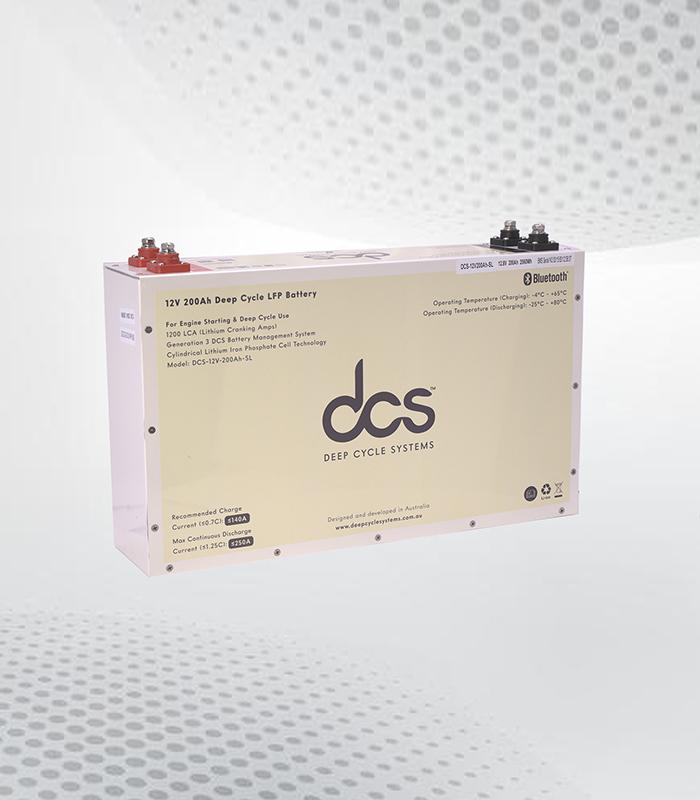Top DevSecOps Interview Questions You Should Know
Introduction
DevSecOps is becoming a critical focus area in modern software development and cybersecurity. As organizations shift security left in their DevOps lifecycle, the demand for professionals skilled in secure development operations has skyrocketed. If you're preparing for a role in this field or planning to enroll in a DevSecOps Training, getting familiar with the top DevSecOps Interview Questions can significantly increase your chances of landing a job.
Whether you are aiming for a certification like DevSecOps Certification AWS or planning to complete a comprehensive DevSecOps Course, this blog offers you an in-depth look into the questions you are most likely to encounter in interviews. From basic definitions to hands-on scenarios, these questions will help you demonstrate your knowledge, problem-solving skills, and real-world application expertise.
Why DevSecOps Matters in Today’s IT Landscape
What Is DevSecOps?
DevSecOps stands for Development, Security, and Operations. It integrates security practices into every phase of the DevOps pipeline, from planning and coding to deployment and monitoring. Rather than treating security as an afterthought, DevSecOps ensures it is a shared responsibility across the development lifecycle.
Growing Demand
According to Gartner, by 2026, 70% of enterprises will have adopted DevSecOps practices. This shift is driven by the increasing number of cyberattacks and the need for real-time, secure delivery pipelines.
Top DevSecOps Interview Questions (With Answers)

1. What is DevSecOps and how does it differ from DevOps?
Answer: DevOps focuses on integrating development and operations to shorten the software development lifecycle. DevSecOps extends this by embedding security practices within the CI/CD pipeline. The goal is to "shift left," making security everyone's responsibility early in the development process.
2. Why is the "shift-left" approach important in DevSecOps?
Answer: Shifting left means incorporating security checks and measures early in the development cycle. This helps catch vulnerabilities sooner, reduces the cost of fixes, and ensures compliance throughout the process.
3. What are some common security practices in DevSecOps?
Answer:
-
Static Application Security Testing (SAST)
-
Dynamic Application Security Testing (DAST)
-
Dependency Scanning
-
Threat Modeling
-
Infrastructure as Code (IaC) Scanning
-
Automated Security Testing in CI/CD
4. Explain Infrastructure as Code (IaC) and its relevance to DevSecOps.
Answer: IaC allows teams to manage infrastructure using code, often stored in version control systems. In DevSecOps, IaC is crucial for automating security policies, reducing human error, and enabling secure, repeatable environments.
5. What tools are commonly used in DevSecOps pipelines?
Answer:
-
Jenkins, GitHub Actions (CI/CD)
-
SonarQube (SAST)
-
OWASP ZAP (DAST)
-
Terraform and Ansible (IaC)
-
Checkov, TFLint (IaC scanning)
-
Aqua, Sysdig (Container Security)
6. What is SAST, and how is it different from DAST?
Answer:
-
SAST analyzes source code before execution. It helps find vulnerabilities early.
-
DAST tests applications during runtime and detects vulnerabilities in a running state.
Both are essential for comprehensive security coverage.
7. What is the purpose of threat modeling in DevSecOps?
Answer: Threat modeling helps teams identify potential security threats and design mitigation strategies. It provides a blueprint for secure development and helps prioritize risk handling.
8. How do you integrate security into CI/CD pipelines?
Answer:
-
Add static and dynamic scans in the build pipeline
-
Use signed artifacts
-
Perform image scanning
-
Automate compliance checks
-
Trigger alerts for policy violations
9. What is container security, and why is it critical in DevSecOps?
Answer: Container security ensures that containers (e.g., Docker) are free from vulnerabilities. It includes base image scanning, runtime security, and network monitoring. Given the popularity of Kubernetes and containerized apps, this has become a key area.
10. Explain the concept of "Policy as Code" in DevSecOps.
Answer: Policy as Code (PaC) refers to managing and automating security policies using code. Tools like Open Policy Agent (OPA) allow defining rules that govern how services interact, ensuring compliance is maintained across environments.
11. What is the role of secrets management in DevSecOps?
Answer: Secrets like API keys or passwords should never be hardcoded. Tools like HashiCorp Vault or AWS Secrets Manager help manage and securely distribute secrets. Proper secrets management prevents data leaks and unauthorized access.
12. How do you ensure compliance in a DevSecOps pipeline?
Answer: Compliance can be ensured by:
-
Automating policy enforcement
-
Auditing code repositories
-
Keeping logs and monitoring access
-
Using compliance frameworks like CIS Benchmarks, SOC2, or NIST
13. How do vulnerability scanners work?
Answer: These tools scan applications, containers, or systems for known vulnerabilities based on a database (e.g., CVE). They report risks and suggest patches. Examples include Nessus, Clair, and Trivy.
14. What are some challenges in implementing DevSecOps?
Answer:
-
Cultural resistance to change
-
Tool integration issues
-
Skill gaps in security
-
Performance overhead
-
Keeping up with compliance standards
15. What is the OWASP Top 10, and why is it important?
Answer: The OWASP Top 10 is a list of the most critical web application security risks, including SQL injection, broken authentication, and cross-site scripting. It's essential for developers to know and mitigate these vulnerabilities in a DevSecOps pipeline.
Practical Scenario-Based Questions
16. You find a critical vulnerability in a build. What steps do you take?
Answer:
-
Stop the deployment process.
-
Notify the security and development teams.
-
Analyze the vulnerability and prioritize its severity.
-
Patch the issue or roll back changes.
-
Document the incident.
17. How would you set up a secure CI/CD pipeline from scratch?
Answer:
-
Use secure code repositories
-
Enable signed commits
-
Integrate SAST and DAST
-
Use container image scanning
-
Manage secrets with a vault
-
Set access controls and logging
-
Perform regular audits
18. A developer accidentally commits sensitive data. What should be your response?
Answer:
-
Revoke the exposed credentials immediately
-
Remove the sensitive data from the repository history
-
Use Git tools like git-filter-branch or BFG Repo-Cleaner
-
Rotate affected secrets
19. How would you deal with false positives in vulnerability reports?
Answer:
-
Validate findings through manual review or additional tools
-
Classify and document false positives
-
Adjust tool configurations to reduce noise
-
Collaborate with developers for remediation
20. What would your DevSecOps workflow look like in an AWS environment?
Answer:
-
Use AWS CodePipeline for CI/CD
-
Implement AWS CodeBuild with integrated SAST tools
-
Use AWS Inspector for vulnerability assessment
-
Apply AWS Secrets Manager for secret handling
-
Monitor with AWS CloudTrail and GuardDuty
Key Tools and Hands-On Practices in DevSecOps
CI/CD Security Tools
-
Jenkins with OWASP Dependency-Check
-
GitLab CI with built-in SAST
-
CircleCI with custom security scripts
IaC and Configuration Management
-
Terraform with Sentinel (Policy as Code)
-
Ansible with configuration hardening scripts
-
AWS CloudFormation with linting tools
Container Security
-
Docker Bench for Security
-
Trivy for scanning images
-
Kubernetes with Pod Security Policies (PSPs)
Monitoring and Alerting
-
Prometheus and Grafana
-
AWS CloudWatch
-
ELK Stack (Elasticsearch, Logstash, Kibana)
Tips to Ace DevSecOps Interviews
-
Stay Updated: Follow DevSecOps news, CVE updates, and tool releases.
-
Practice Labs: Use platforms that offer sandbox environments for IaC, scanning, and policy enforcement.
-
Get Certified: Earning credentials like DevSecOps Certification AWS boosts credibility.
-
Understand Core Concepts: Focus on cloud security, container hardening, and access control models.
-
Communicate Clearly: Interviewers assess not just your technical skills, but also your ability to communicate risks.
Conclusion
Mastering these DevSecOps Interview Questions prepares you for a wide range of scenarios you may face in technical interviews. Whether you're pursuing a DevSecOps Certification AWS or enrolling in a structured DevSecOps Course, this knowledge is vital for proving your expertise and landing high-demand roles in cloud security and DevOps integration.
Take the next step in your DevSecOps journey start studying, practicing, and getting interview-ready today!
Key Takeaways:
-
DevSecOps blends development, security, and operations for modern SDLC.
-
Interviews cover both concepts and hands-on scenarios.
-
Practice with real tools and scan reports.
-
Certifications can significantly boost your employability.
-
Clear communication is as important as technical know-how.





